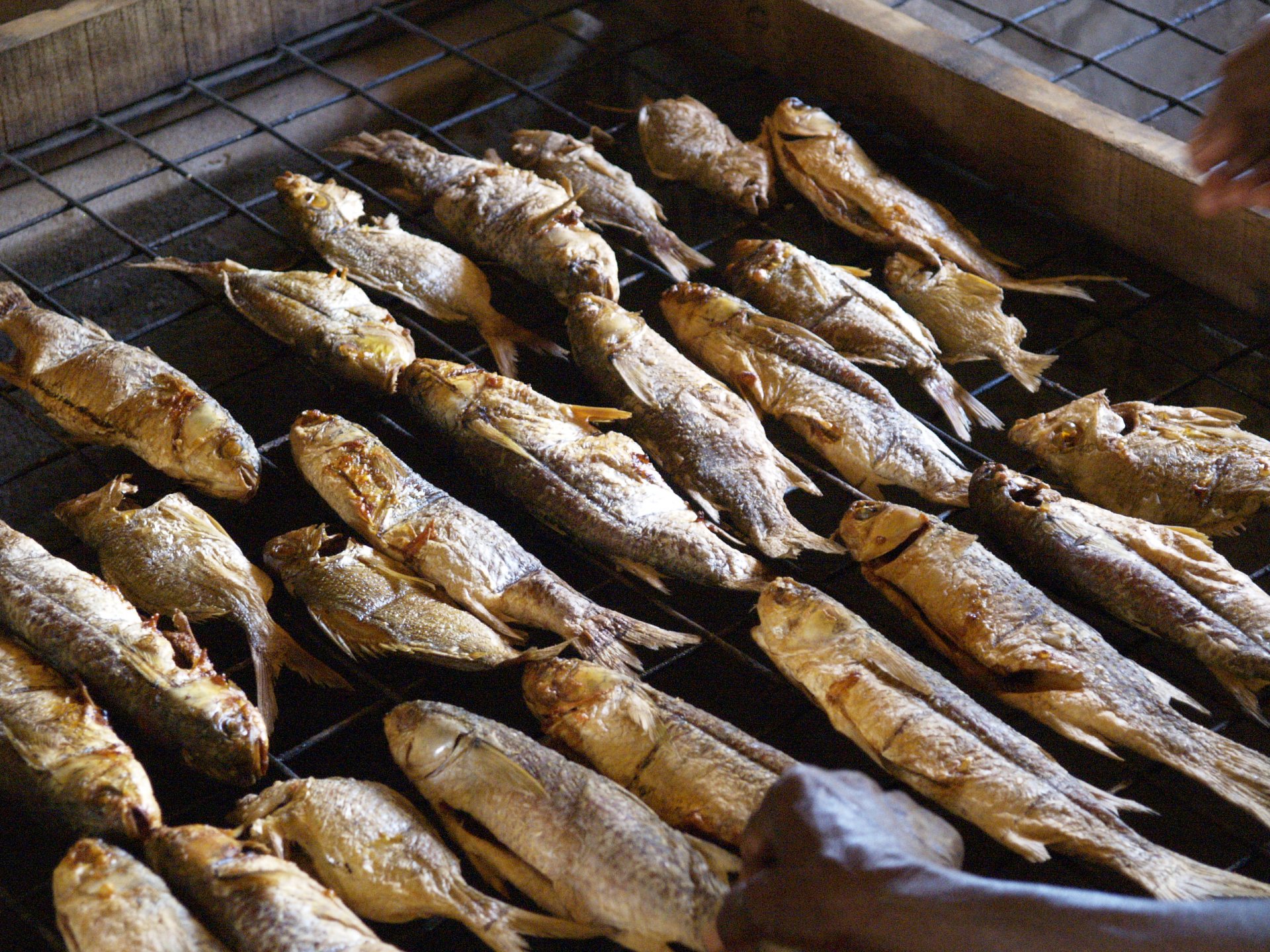
What is at issue:
The project on Fish Processing by Solar Drying and Smoking is being conducted by Kenya Marine Fisheries Research Institute (KMFRI). It is a project that involves improved traditional fish processing methods by smoking and solar drying to produce high quality fish for both local and wider markets working with local communities at Gazi and Shimoni in a bottom-up approach. The methods of preservation employed are environment friendly and are set to improve on food security. The overall objective of the project is to produce, through community participation, high value smoked and solar dried marine fish products for the market.
Under the tropical conditions, fresh fish spoils with lightning speed, cooling systems hardly exist and their maintenance is expensive. With the support of the Lighthouse Foundation, Kenyan researchers investigate methods of smoking and drying in cooperation with local women groups, who are traditionally in charge of fish processing. The type of smoking wood, the ideal temperature inside the dryer, taste and shelf life of products are examined as well as the market in the hinterland. This scientific study complements another project of the Foundation with the fishermen of the region to introduce sustainable fisheries management.
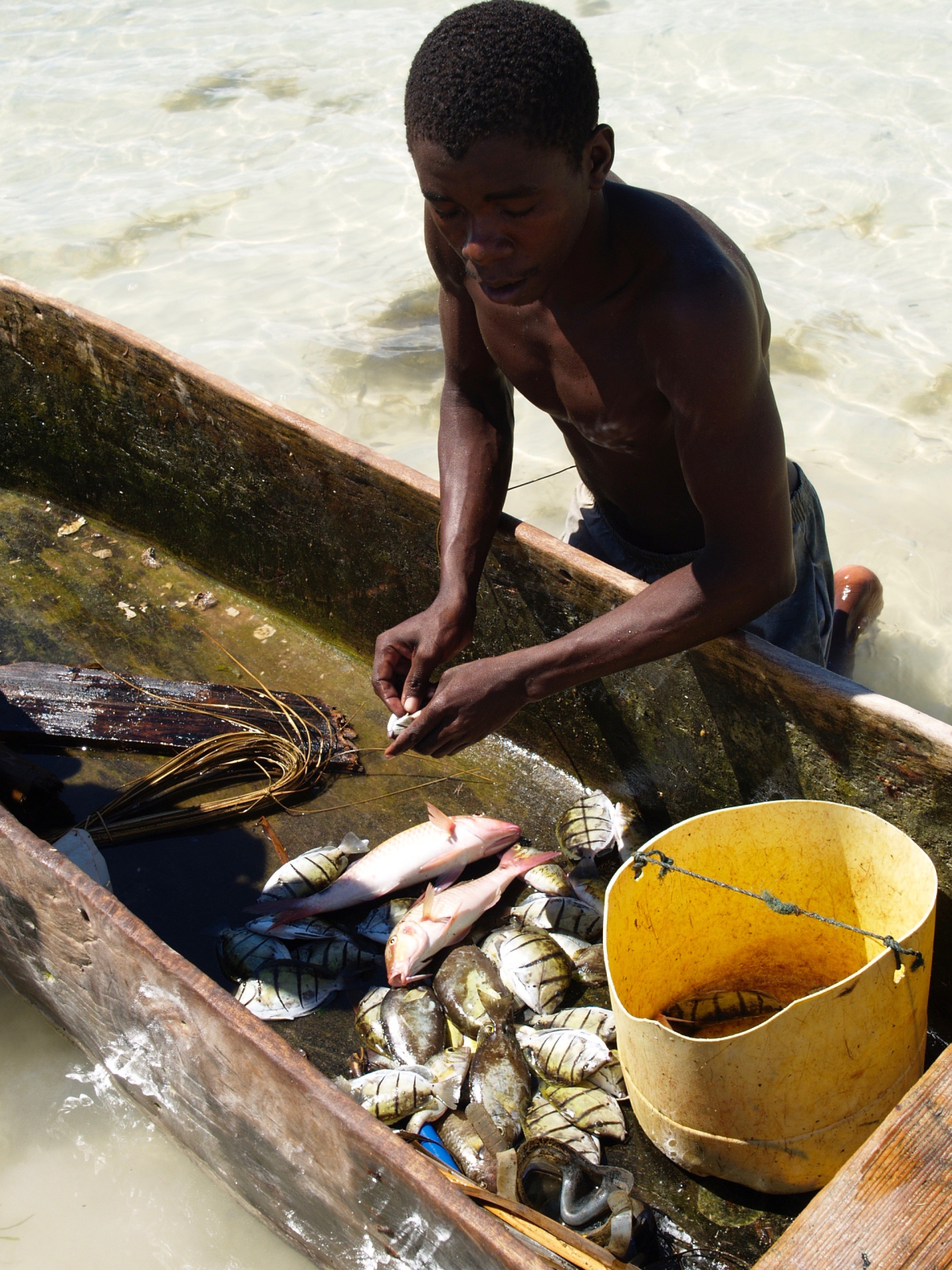
What's happening now:
The project is completed.
What we have achieved:
Appropriate techniques for smoking and drying have been developed and the correct use was trained with the locals of various communities. Product development was scientifically monitored and marketing optimized.
Landing site members now use the dryer to dry and sanitize their fish. They were trained in the production of smoked marine fish and were involved in product development. The training includes basics such as hygienic handling in gutting and filleting and the refinement of exotic and local sauces. Especially these products are very popular.
In order to open new markets in regions where smoked and solar-dried marine fish are not yet widespread or even unknown, trips to the hinterland have been undertaken, in particular together with fish processing women from different landing sites in order to promote these products.
The matter of fish safety came out as an emerging issue especially regarding taking the smoked or solar dried fish to the national markets like the established super markets. The supermarkets insisted on knowing the history of the fish, where it is produced and packaged. They also require bar codes. We therefore developed for the first time a generic HACCP (Hazard Analysis critical control point) for dried fish. We also developed a Quality Index method for fresh Siganids (“Taffi”) as a first point towards fish safety.
Packaging still remained a challenge because getting suitable packaging for dried whole fish is not easy because the sharp fins and bones pierce the packaging material and for the smoked fish the challenge is that the supermarkets to do not want even a whiff of fish smell in their shelves. This matter is still being addressed together with traceability. It is easier to pack dried fillet but then the price becomes too high.
Since the introduction of the Lighthouse project on improved fish smoking and drying, growing interest has been shown with other projects also incorporating such activities in other areas. The World bank KCDP project has a function on drying, smoking and value addition and there is an EU project that is also involving solar dried fish. The DVDs produced are being used as teaching aide in some universities.

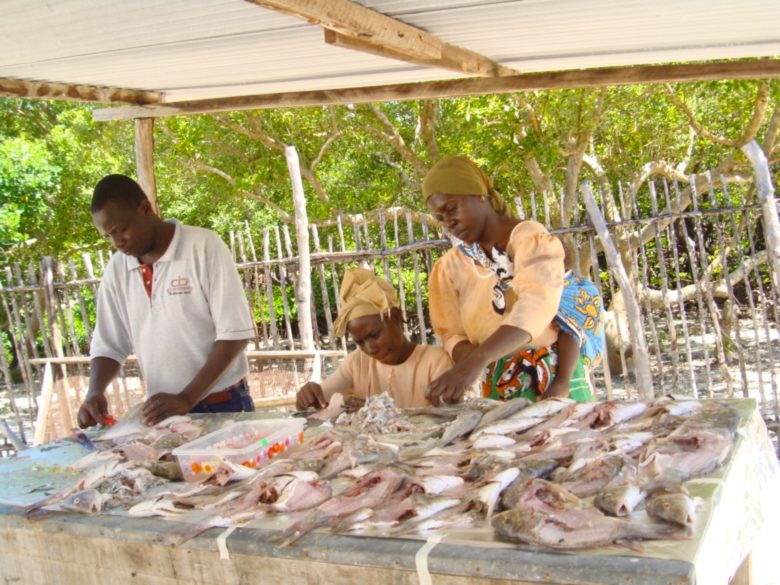

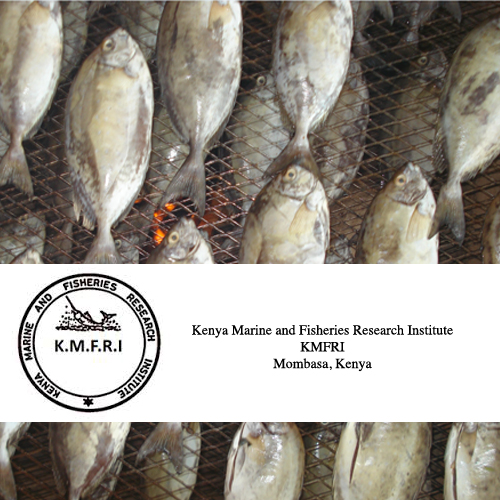
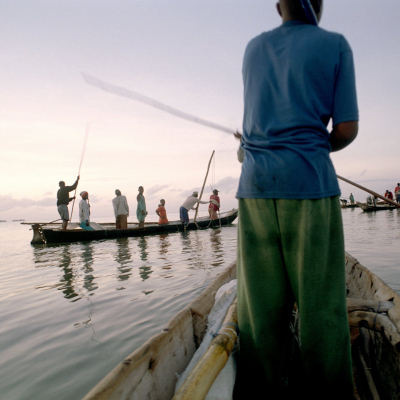)
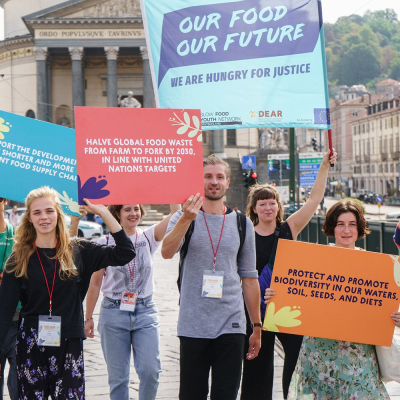)
)
